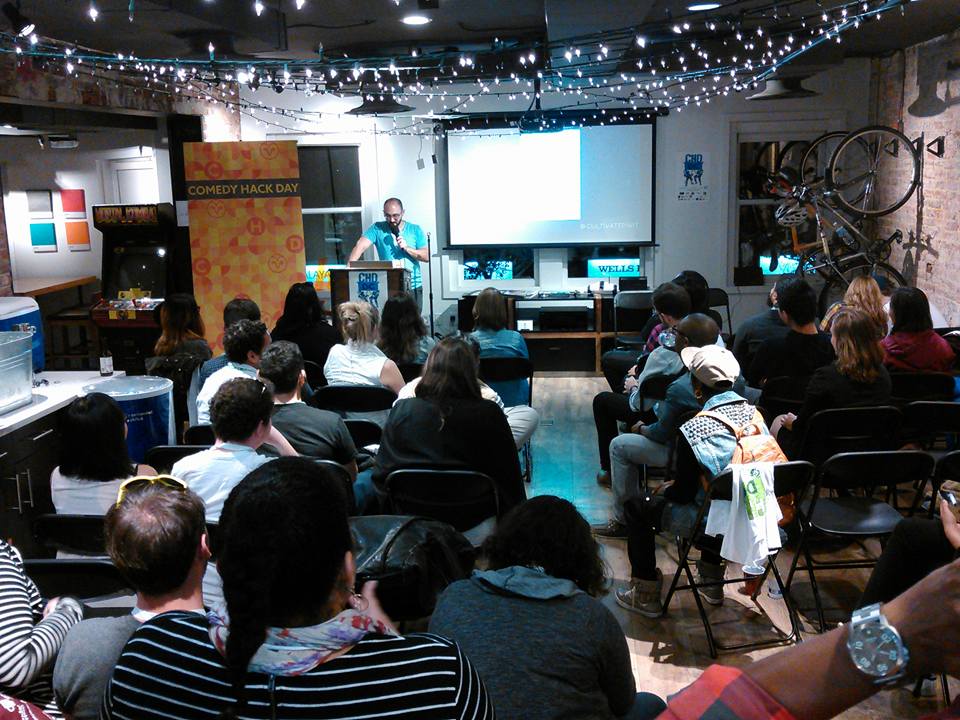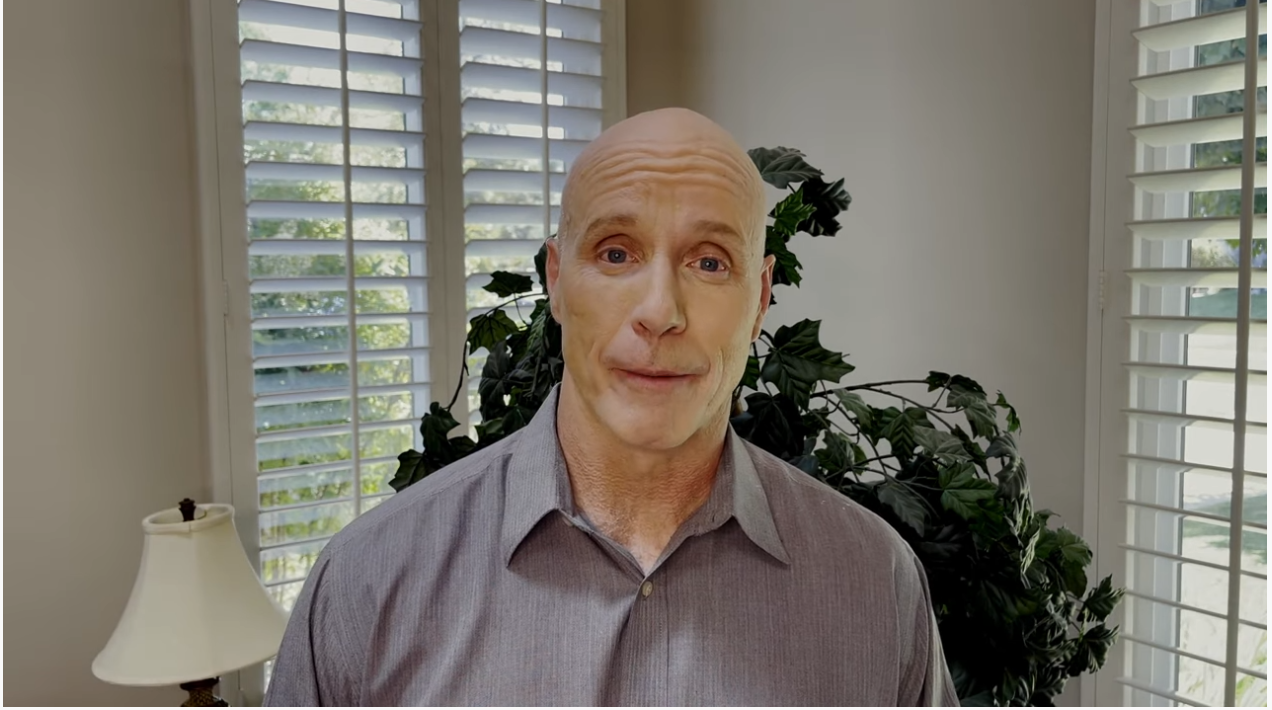
Okay, let me set the scene. I’m at the Dunkin Donuts drive-thru. I’ve ordered a medium hot coffee, light, and sweet. It came to $2.16. I hand the kid $3.00. As he’s making change I find 20 cents (two dimes) and try to give it to him. He looks at me in a panic – my receipt already in his hand – shakes his head, and says: “No, it’s too late.”
I say, “No. No it isn’t.”
He says, “Okay” and hands me 75 cents.
What?
Now it’s my turn to panic. Not because he gave me the wrong change but because he knew it was wrong and had no idea how to fix it. None. I could see it in his face.
Now if you’re thinking, “Hey, what do you expect from somebody working a minimum wage job?” let me stop you right there. A job alone doesn’t denote one’s level of intelligence or ability. If you think it does, riddle me this: where did the senior staffs of Enron, AIG, Countrywide, Bank of America and the countless others who helped to engineer the damn near global collapse of our entire economic system go to school? Ivy league wasn’t it?
So, the line of cars behind me be damned. We were gonna work this out.
I gave the kid at Dunkin Donuts back the 75 cents, took off my sunglasses, looked him in the eye, and said: “Let’s do the math together: It’s $2.16. I gave you $3.00, then 20 cents. You give me back one dollar…”
He reached into the register and gave me a dollar.
“… and now four cents.”
Again he complied.
I said, “You know I’m not trying to cheat you, right?”
He nodded, but I’m not sure he really understood. And I wanted him to. I didn’t just want my correct change. I wanted him to know what my correct change was supposed to be. The irony of this is that math is not now nor has it ever been my strong suit. While I breezed through English and social studies; math was a biblical trek through the desert without divine assistance.
I still remember doing homework at the kitchen table. My first grade teacher, Mrs. Diamond – a cruel and heartless harpy of a woman – had given is us a million math problems to do. Okay, it was probably only 20 but when you’re six-years old that’s a lot. I struggled over each and every problem. It was agony. I’d been sitting there for what felt like hours and finally made it to the last problem: seven plus three.
“Seven plus three? Seven plus three? Seven plus three…”
In frustration, I broke down and said to my mother, who’d been sitting across from me writing a letter: “What’s seven plus three?”
She said, “I can’t tell you.”
“Why not?”
“You have to figure it out for yourself,” she said.
“But why, you already know the answer!”
That’s right. She knew the answer and was keeping it from me. She was as bad as Mrs. Diamond. I eventually did figure it out with the help of my fingers. (Note: Finger counting was frowned on in my house but my Mom let it go this one time because I guess my sincere frustration made her feel a little sorry for me.)
This was only the prelude to future mathematical horrors: memorizing my times tables, algebra, and trigonometry. When I took calculus in college, matrices made me cry. There I was in the student center balling my eyes out, feeling like a loser because I just couldn’t wrap my mind around matrices. I was so upset I didn’t notice the bevy of boys who’d come to help me in my mathematical distress.
The minute I was able to drop math from my curriculum I did. In retrospect, that was a mistake. Distancing myself from a difficult subject only made my fear of it grow. Balancing my checkbook, calculating dining tips, figuring out after-sale prices on shoes all became more daunting than they should have been.
But how does that old phrase go? “When the student is ready, the teacher appears?” I have an app now called Mathemagics that teaches math tips and tricks, and reinforces what you learn with practice lessons. It’s like a digital Mrs. Diamond. Imagine that. It’s also the updated version of a Mathemagics workbook I ordered years ago from a late-night infomercial. At the time it seemed a better investment then Ginsu Knives or a Chia Pet. Coupled with a 16-episode podcast called Mental Math Secrets, I’m still not great at math, but at least now numbers don’t fill me with fear. Well, some numbers still do: credit default swaps, variable rate mortgages, social security, unemployment statistics, executive compensation in relation to the minimum wage, my age…
So when the kid at Dunkin Donuts couldn’t get my change right I was hella-annoyed but I didn’t automatically think he was stupid. Okay, yes I did. But then I saw the look in his face. The look that said: “Seven plus three?”
Do I really think an impromptu math lesson at the Dunkin Donuts drive-thru pick-up window is gonna fix this kid? No, but belittling is easy. Teaching is hard. Maybe all I did (or hope I did) was give math a friendly face; one less haunting and daunting than Mrs. Diamond’s. Maybe next time the kid will know what the correct change is or – dare I dream – he’ll at least want to know.
It’s not magic. It’s math.
Matrices, of course, are still another matter entirely. I know not to ask my Mom for the answer or to work it out on my fingers, but I can’t promise there won’t be tears. There’s probably an app for that too but I’m not ready for it. At least not until I’ve had my coffee.




















